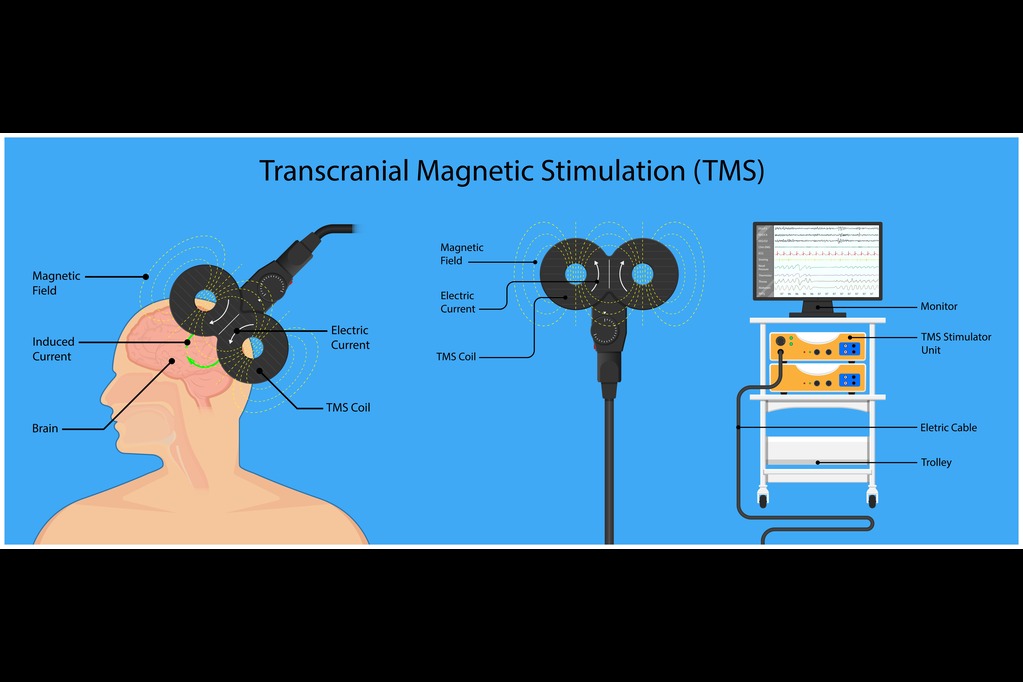Is ECT (Electro Convulsive Therapy), aka ‘Shock Treatment,’ a treatment option for Treatment Resistant Depression?
ECT treatment for depression is viewed as a therapy option for depression after other therapies have been tried and exhausted. Typically, this includes medication management and talk therapy.
While Electro Convulsive Therapy is an option for treatment resistant depression, one should carefully consider the potential risks associated with this treatment method. With that said, according to the America Psychiatric Association, research shows ‘substantial improvement in approximately 80% of patients suffering from major depression.‘ Whether it is a good idea for you is dependent on the severity of your depression and your willingness to accept the potential risks associated with the procedure.
In this article we will discuss
What Is ECT?
Electro Convulsive Therapy (ECT) is an option for treatment resistant depression and other mental illnesses. It is considered when other therapies fail such as medication management and talk therapy. It involves sending an electric current to the brain to invoke a seizure with the hopes of improving depression and mood symptoms. Think of this as neural plasticity, which is the brain’s ability to form new neural pathways and thereby change. It is performed in a hospital setting, both inpatient and outpatient, while the patient is under anesthesia and muscle relaxants. Not all hospitals and therapists (Doctors) offer this service.
The History Of ECT
When one thinks of ECT, they in all likelihood think of the film ‘One Flow Over The Cuckoo’s Nest.’ This portrayal of ECT in no way reflects what an ECT treatment is like today.
ECT treatments date back to 1937 Rome. From then through the early 50’s, ECT was thought to improve the mood of those suffering from depression and other mental illnesses.
During that timeline, ECT was performed only in psychiatric hospitals. The patient was tied to a bed and given no muscle relaxants. Today, ECT occurs in hospitals across the world with more humane considerations including anesthesia and muscle relaxants.
According to the National Library of Medicine (NCBI), today’s ECT sessions consist of ‘changing waveform parameters, individualizing dosing to seizure threshold, and altering electrode placement.’ In the past, the electric current was given to the point of convulsion.
The ECT Experience for Treatment Resistant Depression
First and foremost, check with your insurance company to verify coverage.
Prior to receiving ECT treatments and scheduling a consult with the provider, the patient will have had a chest x-ray, EKG and blood work to ensure the patient is healthy enough for ECT. At the consult, an interview process takes place as well as testing which includes the PHQ-9 and other cognitive test(s) to determine if the patient is a candidate for ECT. A neural psych evaluation may also be given. The neural psych evaluation will take a snapshot of your cognitive abilities prior to ECT treatment. At the end of your treatment, the neural psych evaluation will be given again. This will allow the patient to see what impact the ECT sessions have had on cognitive functioning.
Once the ok is given by the doctor, an appointment is made with the hospital where the treatments will occur. This of course happens after an insurance coverage check. The procedure is not cheap as you are paying the administering doctor, an anesthesiologist and their assistant, and one nurse as well as the hospital.
For outpatient treatments, once arriving at the hospital, the patient will go to the pre-op area. Here, vitals are taken, an IV needle is inserted and the patient’s weight is taken. A blood pressure reading is taken and the patient changes into a hospital gown and given hospital socks. The patient will then wait in this pre-op area until the surgical (holding pen) area call and say they are ready for the patient.
The patient will then walk to the surgery area (holding pen) and be assigned a bed. Here, the patient will meet with another nurse who will attach the patient to a monitor. This nurse will be assigned to the patient throughout the procedure. Next, you will wait for the physician and the anesthesiologist and their assistant to arrive.
Once everyone has arrived, the doctor will ask you to provide your name and date of birth as a safety check that you are the right person to receive the ECT. This will happen numerous times during your hospital visit. After this check and before the procedure, a bite block is placed in your mouth, as again, you’ll be having a seizure.
You are then given anesthesia. Once the anesthesia kicks in, the doctor will do his thing and you are done. The ECT device itself looks like something you could have built from Radio Shack. circa the 1950’s. You’ll awake shortly after the ECT treatment and will be very groggy. The nurse will monitor your vitals for a bit as you are waking up and then you are wheel chaired back to the pre-op room. Here, they provide a light snack and drink if you would like one. The nurse then removes the monitoring machine.
Finally, a nurse will call your ride to inform them that you are ready to be discharged and you are wheeled out to your waiting ride upon their arrival.
Effectiveness
According to psychiatry.org, ‘Clinical evidence indicates that for individuals with uncomplicated, but severe major depression, ECT will produce substantial improvement in approximately 80 percent of patients.’ With that said, each person is different. What works for one person may not work for another..
Pros
- ECT may show improvements where other treatments have failed.
- Safe when compared to ECT of the past
Cons/Potential Side Effects
- Memory Loss (short and long term) where you forget how to spell and/or events that occured before and after treatment. They say it can take a year to come back if it does at all.
- Potential tremors in extremities.
- Speech Impairment – unable to form sentences
- Unsteady gate – balance issues/falling
- Invasive
- Anesthesia and muscle relaxants are required.
- You cannot drive yourself to or from the treatment facility.
- You must not operate machinery or make decisions for the remainder of the day after your ECT session.
- It is a long procedure roughly 2-3 hours from drop off to pick-up.
In Summary
In summary, ECT is considered a safe treatment option for treatment resistant depression and other mental illnesses, albeit with a multitude of potential side effects. It is an invasive procedure, whereby anesthesia and muscle relaxants are given, as you are receiving an electric signal to the brain. One must be familiar of the risks associated to ECT prior to electing this treatment option.
DISCLAIMER: The information provided above is for informational purposes ONLY and should NOT be taken as medical advice.


